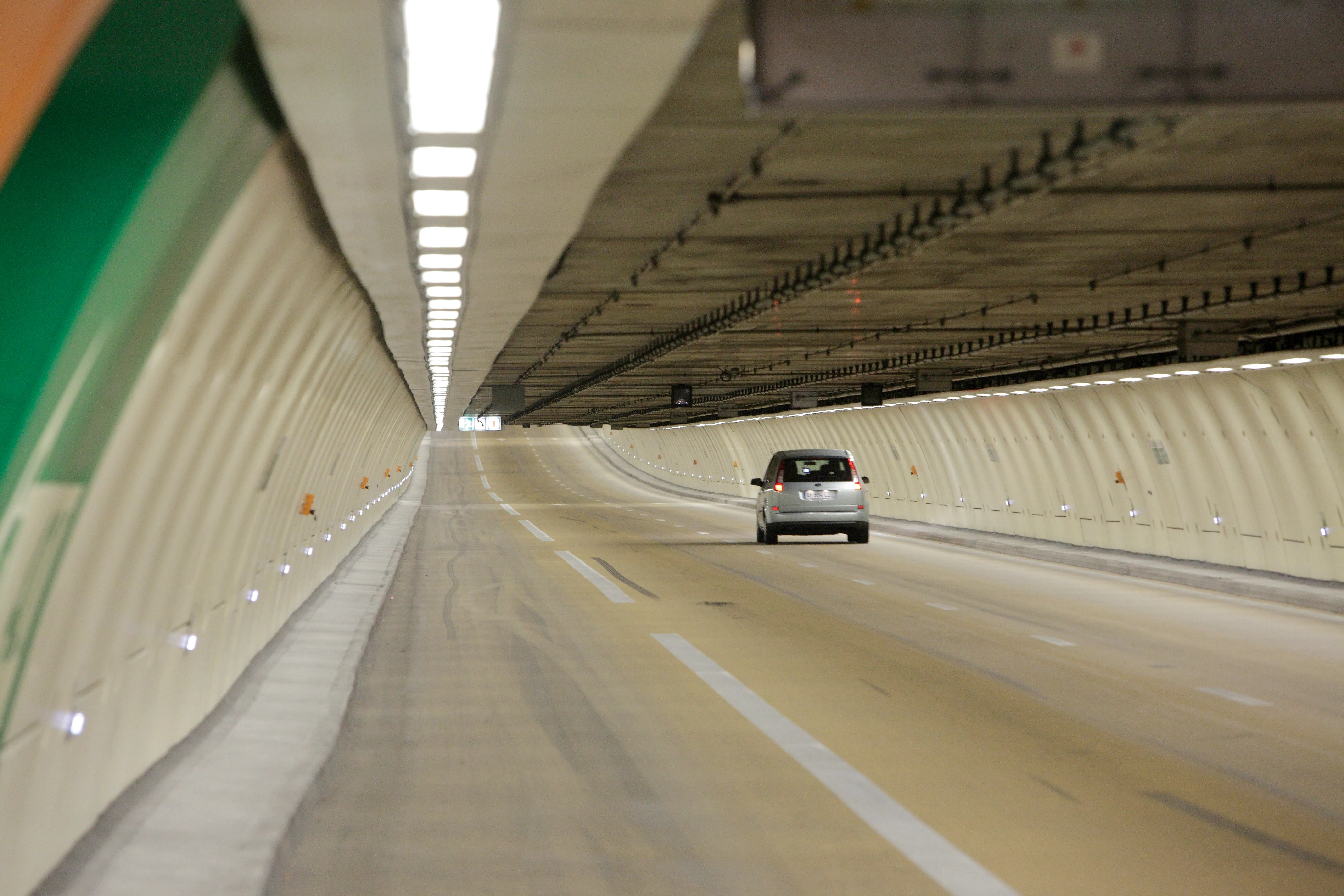Latest statistics show road fatalities fell in the European Union by 11% in 2010 compared with the previous year.
Latvia, Estonia, Lithuania, Spain, Luxembourg, Sweden, France and Slovenia have all made reductions of more than 50% in the number of deaths on their roads since 2001, says the European Transport Safety Council (ETSC).
The organisation’s 2011 PIN [Road Safety Performance Index] Awards went to Sweden and Lithuania recognising their particular efforts in reducing road deaths.
May 10, 2012
Read time: 2 mins
Latest statistics show road fatalities fell in the 1116 European Union by 11% in 2010 compared with the previous year.
Latvia, Estonia, Lithuania, Spain, Luxembourg, Sweden, France and Slovenia have all made reductions of more than 50% in the number of deaths on their roads since 2001, says the1197 European Transport Safety Council (ETSC).
The organisation’s 2011 PIN [Road Safety Performance Index] Awards went to Sweden and Lithuania recognising their particular efforts in reducing road deaths.
Indeed, most EU member states saw a double digit drop in the number of road fatalities, with the highest reductions being seen in Luxembourg, Malta, Sweden and Slovakia (33%, 29%, 26% and 26% respectively), while Belgium also saw better than average road safety improvements during 2010, with the number of fatalities on its roads declining by 12% in 2010 (76 deaths for every 1 million inhabitants). Since 2000 the number of deaths on Belgium's roads has fallen by 44%, while in the EU the number of road fatalities is down 43%.
In July 2010 the European Commission adopted proposals to lower the number of road deaths in Europe by 50% by 2020.
In Germany, the country’s Federal Statistics Office,5143 Destatis, says the number of people who died in road traffic incidents dropped 12% to 3,648 in 2010 compared to 2009, the lowest fatality rate on the German road network for 60 years, which is of note given the increase in population, vehicle numbers and total distance travelled by road.
However, the number of accidents registered by the police rose by 4.3% to an 11-year high of around 2.4 million.
However, in Romania, acknowledged as having the worst road system in the EU, followed closely by Bulgaria, the risk of serious injury or fatal accidents on its road network is eight times higher than for Sweden, which has Europe's best road safety record.
A study by the ETSC reveals that in 2009, 2,796 people died on Romanian roads, compared to 2,454 in 2001, an increase of 14%.
Latvia, Estonia, Lithuania, Spain, Luxembourg, Sweden, France and Slovenia have all made reductions of more than 50% in the number of deaths on their roads since 2001, says the
The organisation’s 2011 PIN [Road Safety Performance Index] Awards went to Sweden and Lithuania recognising their particular efforts in reducing road deaths.
Indeed, most EU member states saw a double digit drop in the number of road fatalities, with the highest reductions being seen in Luxembourg, Malta, Sweden and Slovakia (33%, 29%, 26% and 26% respectively), while Belgium also saw better than average road safety improvements during 2010, with the number of fatalities on its roads declining by 12% in 2010 (76 deaths for every 1 million inhabitants). Since 2000 the number of deaths on Belgium's roads has fallen by 44%, while in the EU the number of road fatalities is down 43%.
In July 2010 the European Commission adopted proposals to lower the number of road deaths in Europe by 50% by 2020.
In Germany, the country’s Federal Statistics Office,
However, the number of accidents registered by the police rose by 4.3% to an 11-year high of around 2.4 million.
However, in Romania, acknowledged as having the worst road system in the EU, followed closely by Bulgaria, the risk of serious injury or fatal accidents on its road network is eight times higher than for Sweden, which has Europe's best road safety record.
A study by the ETSC reveals that in 2009, 2,796 people died on Romanian roads, compared to 2,454 in 2001, an increase of 14%.







